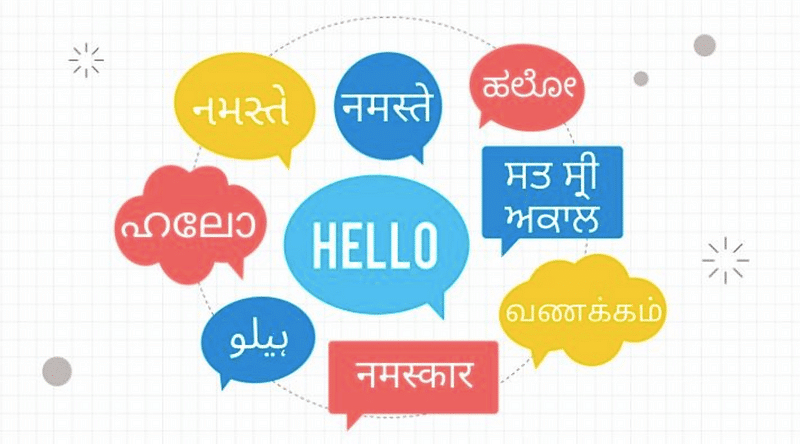The opportunity to capture the vast Indian market with the aid of local languages is enormous, as evidenced by e-commerce platform Flipkart’s announcement that 50% of its sales during The Big Billion Days came from Tier III cities and rural India.
The e-commerce behemoth Amazon first made Hindi available for buying in 2018 and later added support for Kannada, Malayalam, Tamil and Telugu in 2020, after realising the importance of vernacular marketing in boosting sales. While an American company has understood the importance of using local languages in commerce, many Indian e-commerce companies have not yet embraced local languages.
How e-commerce is embracing localisation
Alexa, Amazon’s smart assistant, will soon be made available in about 12 local Indian languages. Currently, Alexa is available only in English and Hindi, but more languages are being developed in order to tap into the country’s extensive vernacular market. The goal is to connect with the next 100 million consumers, who might feel more at ease speaking their native tongue than English.
If reports are to be believed, a team of more than 200 engineers, data scientists, experts in Indian regional languages, voice analysts, and artificial intelligence and machine learning engineers have been working around the clock on Amazon’s plan, which is potentially the company’s largest for India—for speaking the language its customers speak.
Additionally, a person’s preferred language would be supported through Amazon’s app and web platform. Not only would product names be available in local languages, but there will also be back-end support system, helplines, and product descriptions in local languages.

Image credit: Aditya Ranade
Similarly, Paytm introduced three out of four of its merchant services in regional languages and is working to expand the capability throughout its whole ecosystem.
Meesho, whose consumers are from non-Hindi-speaking states and Tier II cities such as Ahmedabad, Vadodara and Jamshedpur, launched eight local languages (apart from Hindi) over the holiday season last year. Customers of Meesho can now access accounts and product information, place and monitor orders, and make payments on Android phones in Bengali, Telugu, Marathi, Tamil, Gujarati, Kannada, Malayalam and Odia.
MakeMyTrip recently added Hindi and Tamil to its platform in order to capitalise on the increased demand for vacation packages from Tier II and Tier III cities. It has already begun testing more regional languages on its platform.
Why local languages presence is important for India
According to estimates, Indian e-commerce enterprises can communicate only with 15-20% of their customer base in English. The lack of access to localisation tools leaves the remaining 80% behind.
About 80% of Indians do not count English as their first or second language. Even in the online world, internet users who prefer Indian languages form 70-75% of the total online population in India. Any business that wants to capture this lucrative market share must be available in Indian languages in as many channels as possible—website, mobile app, online chats, emails, SMS, call centres etc.
Localisation helps to create a sense of trust and familiarity between the company and its customers. By providing customer service in the local language, companies can better understand their customer’s needs and provide them with the support they need. This helps to create a better customer experience and increases customer loyalty.
As the pressure on growing revenue and profits increases, companies need to enhance their localisation efforts in order to penetrate deeper into the Indian market. Companies must embrace multiple Indian languages to reach a wider audience and increase their footprint. In the race, which is already being dominated by firms such as Amazon and Flipkart—who have invested substantially in localisation to boost their business—those who do not quickly see the value of local languages will fall behind.
The author is Co-founder of Process9, a language localisation technology company.
(Disclaimer: The views and opinions expressed in this article are those of the author and do not necessarily reflect the views of YourStory.)










